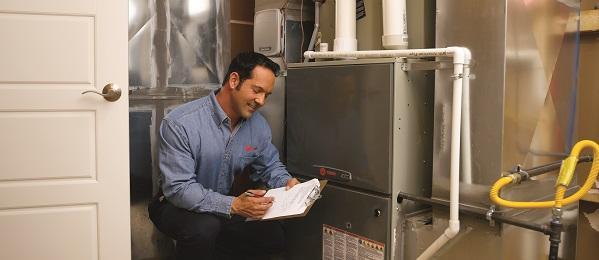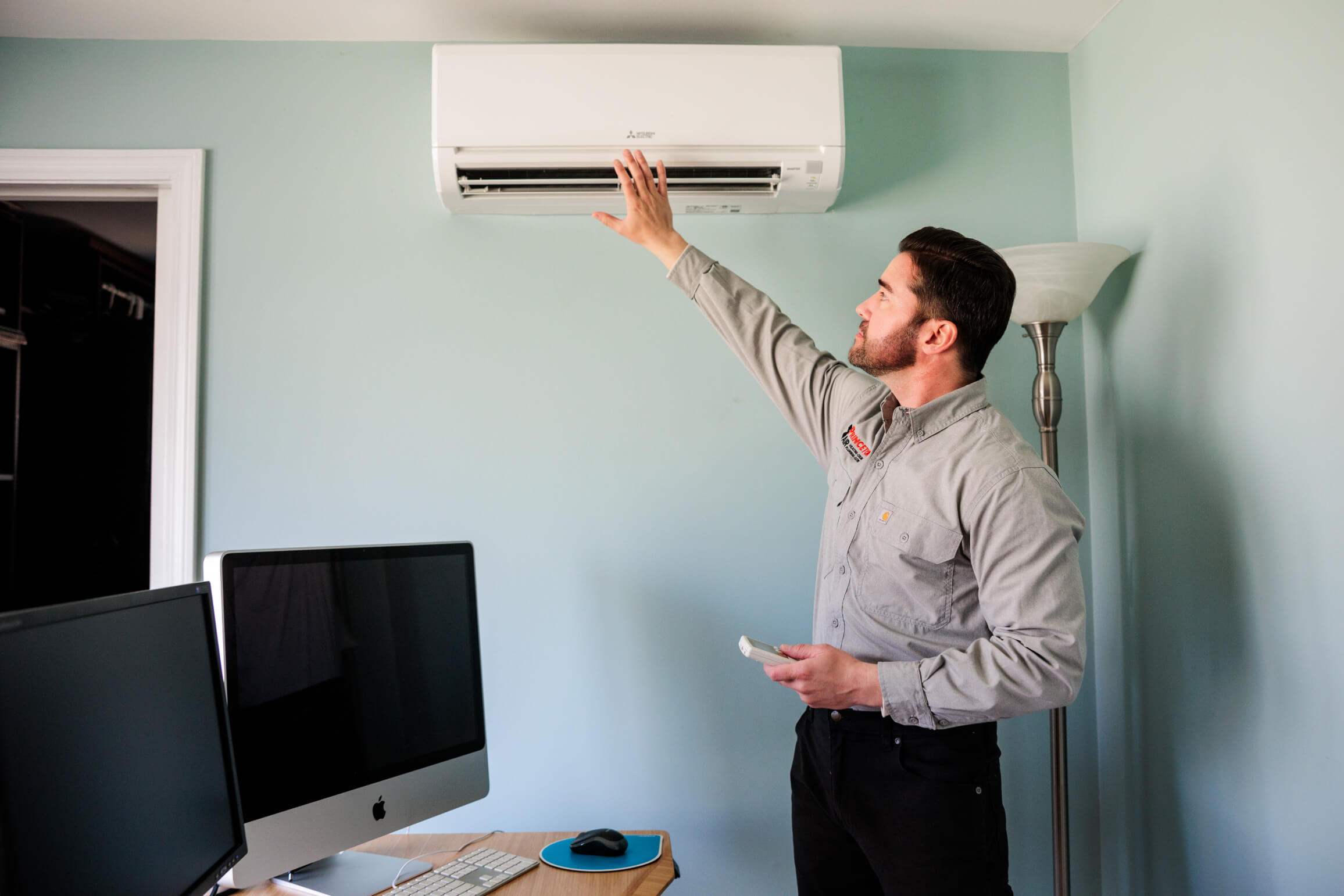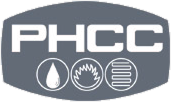The time to replace your heating and cooling system doesn’t come around very often (or, at least it shouldn’t!), so identifying when you should replace your HVAC unit can be a tough job. Here are five signs that will help answer the question: When should I replace my air conditioner or furnace?
There are a few purchases and upgrades in life that happen so infrequently, we forget the conventional wisdom needed to identify when it is time to make a change. In some cases, cars, dishwashers, or air conditioners will start to wear down but we accept their broken parts as “quirks”. For example, you could think that the noise your car makes is normal, but if a mechanic were to drive your car they may have cause for concern that your timing belt is about to go!
The time to replace your heating and cooling system doesn’t come around very often (or, at least it shouldn’t!), so identifying when you should replace your HVAC unit can be a tough job. Here are five signs that will help answer the question: When should I replace my air conditioner or furnace?
1. An uncomfortable home regardless of thermostat settings
Does this sound familiar: You just grabbed the popcorn and drink of choice, and the new movie everyone at the office is talking about is queued on your favorite streaming service, and you adjusted the thermostat on the way to the couch. But before you can get through the first 20 minutes, you realize your home is still as uncomfortable as it was before you sat down.
If you find you are taking multiple trips to the thermostat to cool your home in the summer, or to heat it up in the winter, it could mean that your heating and cooling system has declined to the point of not being able to keep up with your comfort needs. Other symptoms can include low airflow coming from your vents, a furnace or AC that is constantly running, or…
2. Unusually high energy costs
To go back to the vehicle metaphor, an engine that isn’t running at its best will likely use more gasoline. Similarly, an aging heating or cooling system that has deteriorated over time will require more energy to run, increasing your monthly heating and cooling bills. If your energy costs have been steadily on the rise, it could be time to replace your system with a new higher-efficiency model.
3. Uneven temperatures from room-to-room
Another symptom of a declining heating and cooling system is uneven air flow through your central ductwork, leading to uneven temperatures from room to room. The air vents closest to your furnace or air conditioner will likely receive the most conditioned air, and the vents further away may barely have any air coming out of them.
*This can also be a symptom of leaky or poorly designed ductwork!
4. A stinky smell coming from air vents
When dust, moisture, and bacteria are left to accumulate in your ductwork and on the condenser, it can give off a foul smell or odor that you will notice as soon as the air starts to come out of the vents. Sometimes you may be able to get away with a simple duct cleaning service to take care of some of the odor, but if the problem is inside your air conditioner or furnace it may have caused some irreparable damage.
5. Odd noises coming from your AC or furnace
When you turn your heating or cooling system on, do you notice any of the following noises?
- Banging
- Loud whirring or buzzing
- Clicking
- Rattling
These HVAC noises should not be left unattended! Call Princeton Air right away to assess the damage and diagnose the issue before it causes further problems throughout your system, and determine if it need repairing or replacing.
Still not sure? How old is your heating or cooling system?
How long does an HVAC unit last? The above signs are particularly common in older systems — meaning systems that are at least over ten years old. When was your AC or furnace installed? If it was over a decade ago and you are experiencing some home comfort issues (or you would like to start using a little less electricity and heating fuel), schedule a routine maintenance appointment with Princeton, and we can assess your equipment to see if replacement is the right path forward.
How to Find Out How Old Your Furnace or Air Conditioner Is
If you can’t seem to remember when your systems were installed, or you inherited your furnace and air conditioner when you moved into your home, you may still be able to figure out how old your equipment is. Check for a metal plate (usually silver) that indicates the make and model of your furnace, air conditioner, or heat pump, or for a sticker that was placed by the last HVAC repair and replacement company. If you cannot find a manufacturer date, you may be able to take the serial number off the metal plate and reference the manufacturer dates online.










